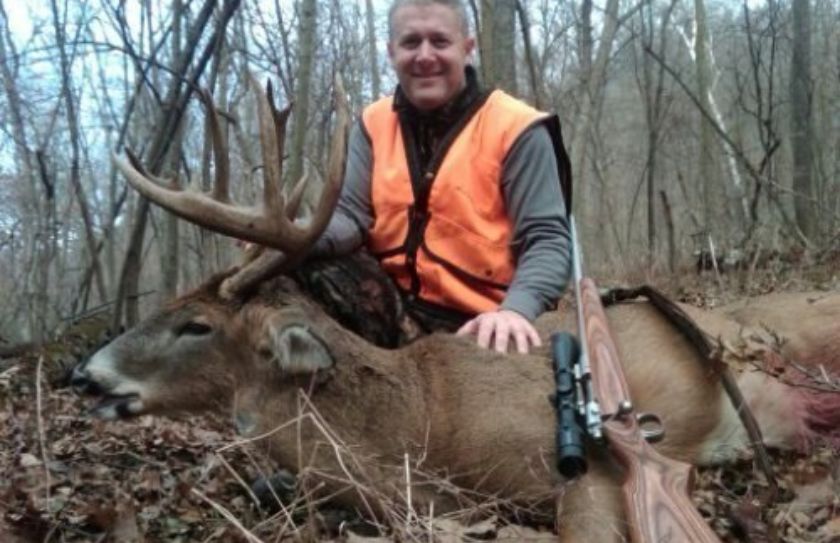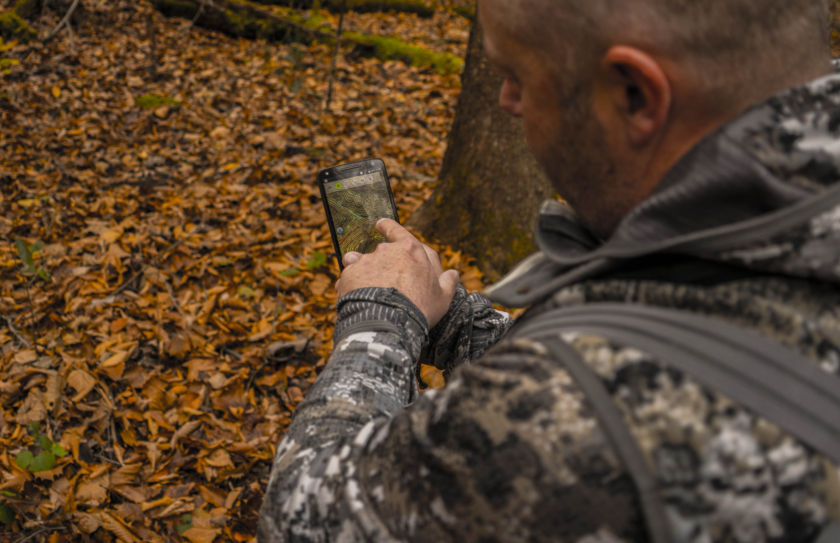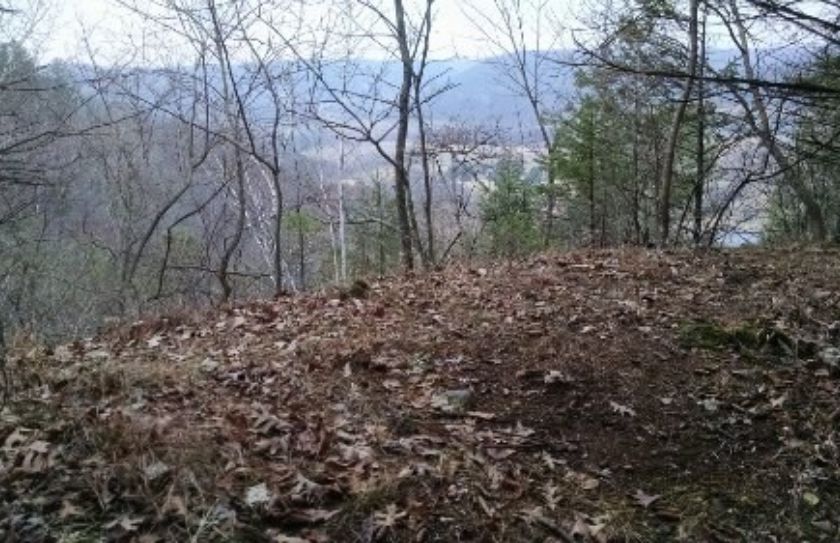Successfully scouting for bucks on a new chunk of ground doesn't actually take as much time as you may think. Leave the hard work behind, because here is a proven scouting tip to help you locate mature bucks in 2 days or less.
My first public land deer came 3 decades ago, and I haven't stopped hunting public land since. Whether I've hunted giant chunks of public land in OH, PA and MI, or have been scouting a client's private parcel for a 1 to 2 day hunting design, speed matters. Even though I am immersed within a full time whitetail career, I still have to be highly efficient with the amount of scouting time I choose to spend. After nearly 2 dozen public land buck harvests in 3 states, I have developed a very strict scouting practice designed to not only be definitively effective, but to make sure that success can be found in an extremely short amount of time.
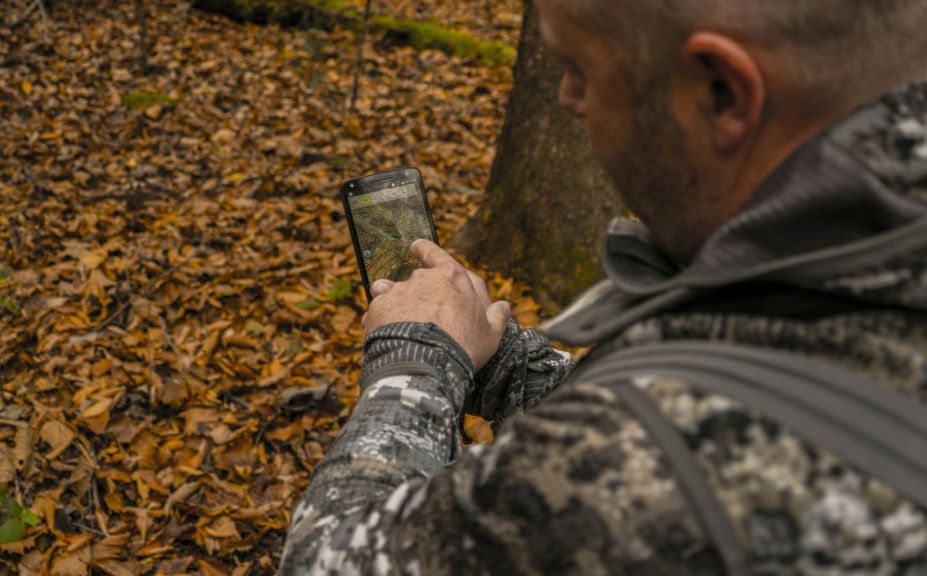
*Topo maps and aerial pics can narrow your efforts from 5000 acres to 200 acres or less pretty quickly! To see some results from the 2016 OH Archery Season, make sure to check out my DIY Public Land Rut Hunt
If you want to spend an enormous amount of time in the woods completing a long list of deer projects - buy some land! However, if your goal is to hunt efficiently while managing your time wisely throughout the rest of the year, try this proven scouting tip on a few thousand acres of public land, this season.
Narrow Your Scouting Efforts For Bucks
Scouting for bucks on public land in my experience, is easier than scouting for does. Why? Bucks leave sign and the older they are, the more sign they leave. Of course that sounds pretty obvious, but how many hunters spend far too much time on "great looking spots", that show absolutely no history of buck use. The bottom line, if buck's choose to use the portion of the habitat your are scouting, he will have left many clues behind!
While a history of several years of buck sign is a dead-giveaway for a potential hot spot, your scouting efforts from the comfort of your recliner (or office chair), should have narrowed your efforts long before you ever stepped food in the woods. As a general rule, you should first start by eliminating every acre within a 1/2 hour of the road. The next step is to X-out all large blocks of non-descript habitat types, including large, solid chunks of mature hardwoods, marshland and conifer stands. By focusing on habitat inconsistency, instead of habitat consistency, you will find yourself scouting the edge habitat that bucks prefer. There are 3 major habitat types that I have enjoyed personally hunting:
1. Lowland Scouting For Bucks
After finding a remote location, I like to focus purely on small islands and points of land that create obvious dry pinchpoints of deer travel, throughout otherwise saturated ground. Keeping a mental or GPS note of which points and islands feature historical buck sign, can quickly lead you to decades-old crossings that you can take advantage of. Buy avoiding large areas of high water areas, large cedar swamps and low-land shrub expanses, the portions of change and diversity that lie between can funnel nearly 100% of the deer movement in the area.
2. Clearcut Choices For Scouting Bucks
Large land holdings of hardwood government management, often equals a patchwork pattern of timber cutting rotations. I have experienced that clearcuts 5 years old or younger have the greatest ability to provide high quality browse within an area that holds very little high quality food options. Clearcuts older than 5 years often place food out of the reach of even the largest bucks. Depending on the region of the country you are in, older clearcuts can be so thick that a deer can't walk through the jungle of fresh growth, let alone a hunter. Any kind of habitat funnel or edge located between quality clearcuts -even if the clearcuts are a mile apart or more- can be an incredible spot to scouit for signs of rut-cruising monsters.
3. Topographical Scouting Missions
I love hills! In my experience hills not only produce a higher age class of bucks, but the more rugged the topographical features become, the more constricted and defined the buck travel you will find. My favorite topo features to eliminate from my buck scouting missions, are extremely steep faces, large unbroken flats, and deep, difficult ditch crossings. Benches, saddles and ridglines can combine to create some of the heaviest buck travel routes that you will ever find!
Bonus Hill Country Tip: Hills are also incredible whitetail features, because they allow you to cheat the wind, and make sure that your scent is blown exactly where you need to it to be.
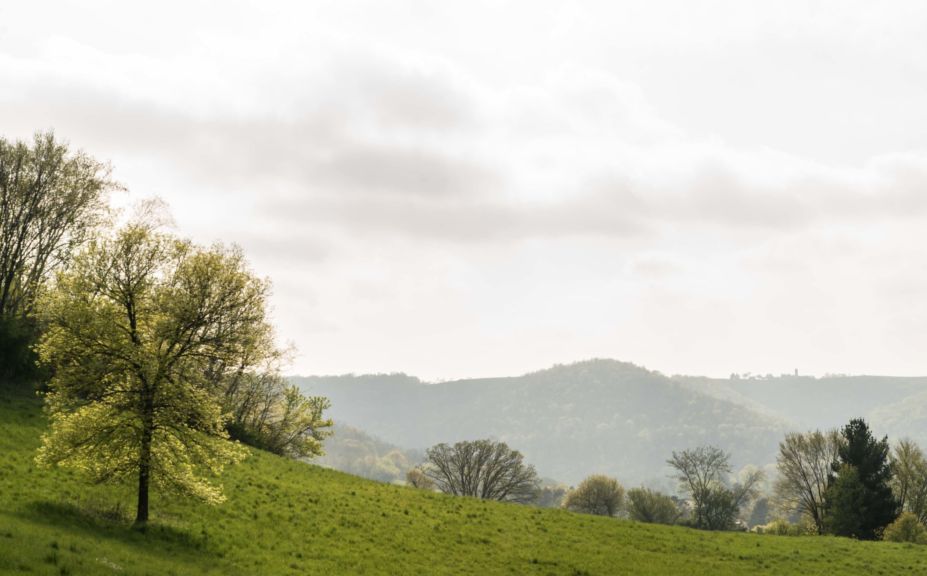
*Great topography offers huge advantages to both herd and hunting opportunities! Do you have some hills to scout on your land? Make sure to read, The Topography Advantage.
Conclusion
Great hunting opportunities on large chunks of land shouldn't take enormous hours of scouting efforts, for you to find success. However, it will if you do not eliminate over 90% of the habitat first. No matter what the region of the country you are scouting bucks in, I have experienced that your success will not only be at an extremely high level by narrowing your scouting activities, but you will be able to accomplish your hunting goals in a very short period of time. If I think back to all of my public land bucks, the average # of days per buck spent scouting, is 2 total days or less. Do you have a long weekend in the off-season to spend on a few thousand acres or more? If so you should be excited, because I have found that you have enough time to experience success this Fall!
